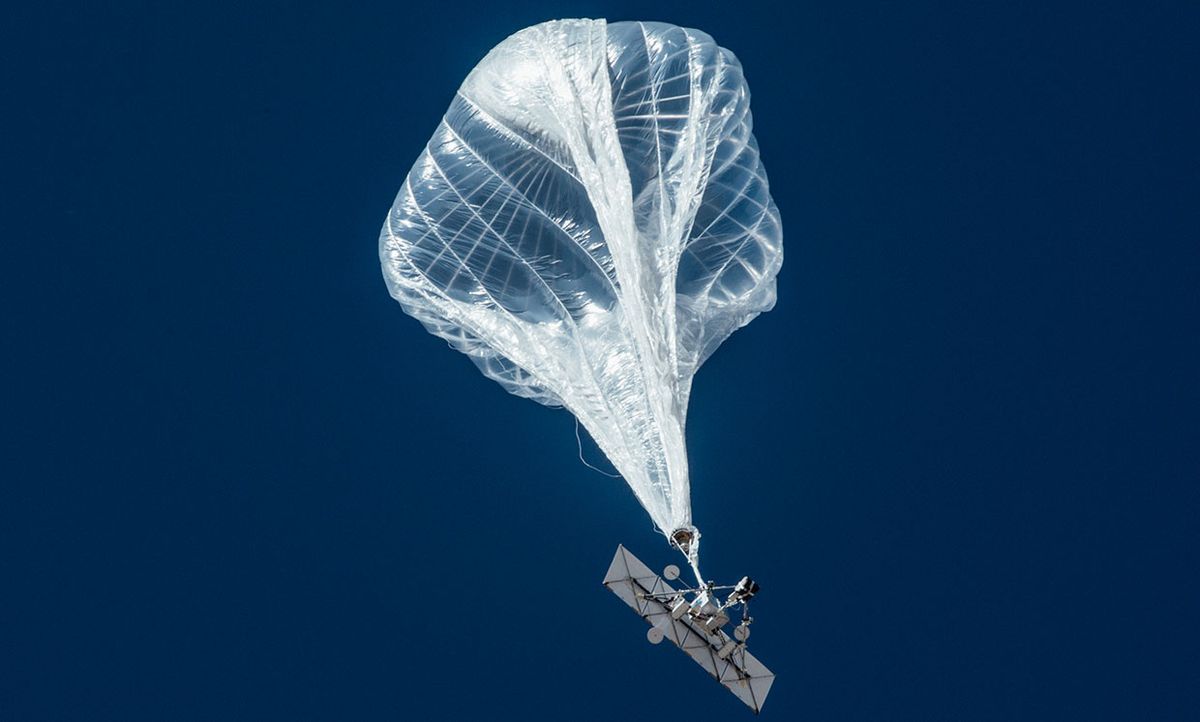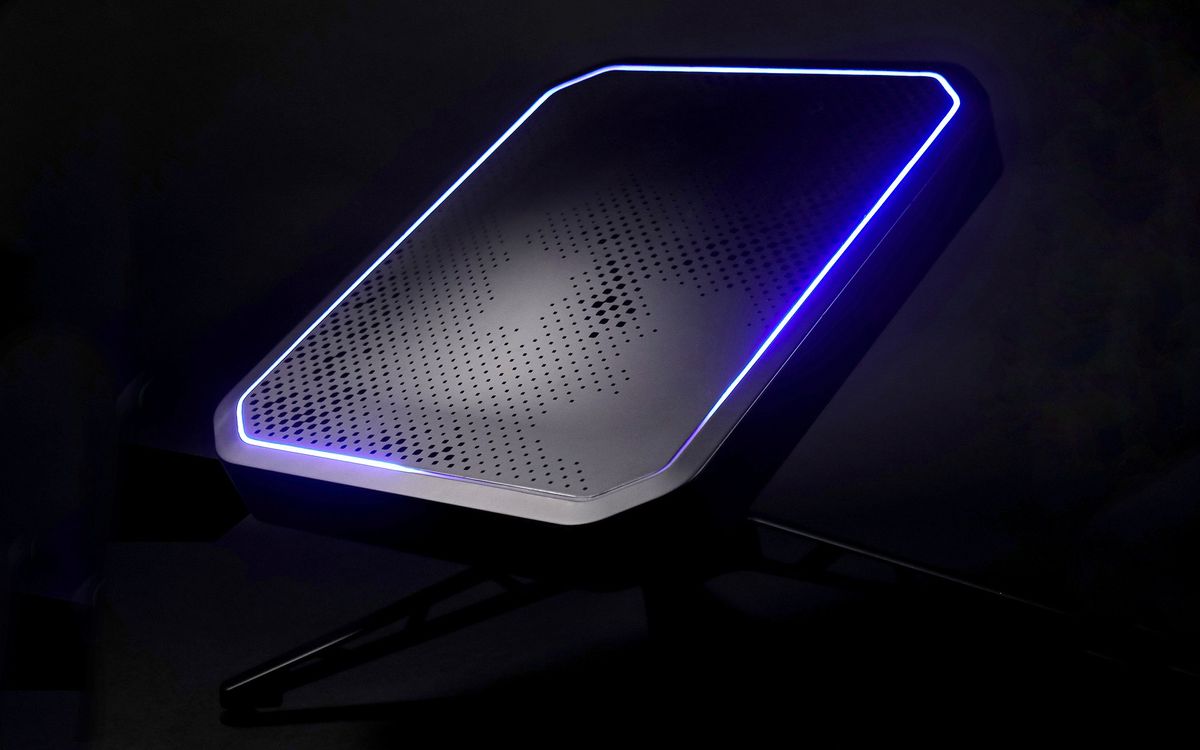As the world races to deploy speedy 5G mobile networks on the ground, some companies remain focused on floating cell towers in the sky. During the final session of the sixth annual Brooklyn 5G Summit on Thursday, Silicon Valley and telecom leaders discussed whether aerial drones and balloons could finally begin providing commercial mobile phone and Internet service from the air.
That same day, Alphabet subsidiary Loon, a balloon-focused graduate of the Google X research lab, unveiled a strategic partnership with Softbank’s HAPSMobile to leverage both solar-powered balloons and drones to expand mobile Internet coverage and aid in deploying 5G networks. No high-altitude network connectivity services have taken off commercially so far, but some Brooklyn 5G Summit speakers were optimistic that it would happen soon.
“The opportunity is in our hands in terms of truly leveraging 5G in conjunction with the massive paradigm shift when it comes to UAS—drones—and also satellites,” said Volker Ziegler, CTO at Nokia Bell Labs.
Nobody expects the high-flying Loon balloons and HAPSMobile’s drones to compete directly with ground-based 5G networks in the near future. Until recently, it hasn’t been easy to develop a balloon or drone platform that is cost-effective enough to even consider using for telecommunications, said Salvatore Candido, principal engineer at Alphabet and CTO of Loon. But such high-flying platforms may help fill the gaps when coverage is lacking in rural or otherwise under-served communities. (Even rural parts of the United States may miss out under current 5G network deployment plans.)
Fleets of balloons and drones could also provide coverage on a temporary basis, such as during a major pre-planned event like the Super Bowl or in the wake of a natural disaster. Nokia previously partnered with Alphabet’s Loon when the latter deployed its experimental balloon fleet to provide basic Internet service to 200,000 people in Puerto Rico after the U.S. island territory was left devastated by Hurricane Maria in 2017. The balloons carried LTE technology from Nokia as part of a broader coalition involving AT&T and T-Mobile.
“There’s a billion people in the world who don’t have sufficient connectivity, whether that’s temporary because of a hurricane or just because of where they live,” Candido said. “I think all these new technologies coming together makes it possible to create networks that might begin to cover huge numbers of those people.”
Loon has not yet begun deploying 5G equipment on its balloons—though the partnership with Softbank’s HAPSMobile suggests that could someday be possible. But the advent of terrestrial 5G networks could also make it easier for companies to deploy Internet drones or Internet balloons. Nokia’s Ziegler pointed out that 5G offers advantages over 4G LTE when implementing a relay system that bounces the signal around between groups of balloons or drones to extend coverage well beyond the ground station where the signal originates.
The availability of 5G network technology could also make it easier from an air traffic control standpoint, to track and manage a large group of drones, said Giuseppe Loinno, an assistant professor in electrical and computer engineering at the New York University and director of the Agile Robotics and Perception Lab.
When the time comes, it will be important for telecommunications companies to create demand for high-flying mobile phone and Internet services by showing what they can do for communities or customers, said Dallas Brooks, director of the Raspet Flight Research Laboratory at Mississippi State University and associate director of the ASSURE FAA UAS Center of Excellence. He invited Brooklyn 5G Summit attendees to collaborate with him and other universities participating in the Federal Aviation Administration’s research and testing program for integrating drones into U.S. national airspace.
Loon may be among the first to take that advice with its balloons—even if they won’t deliver 5G service in the beginning. The company’s stratospheric balloons have already won their first commercial contract with Telkom Kenya to provide mobile phone service for some of Kenya’s almost 50 million citizens. But Loon certainly won’t be alone in trying to make such projects work in the 5G era. “There is no shortage of people trying to create pseudosatellites in the stratosphere,” Candido said.
Jeremy Hsu has been working as a science and technology journalist in New York City since 2008. He has written on subjects as diverse as supercomputing and wearable electronics for IEEE Spectrum. When he’s not trying to wrap his head around the latest quantum computing news for Spectrum, he also contributes to a variety of publications such as Scientific American, Discover, Popular Science, and others. He is a graduate of New York University’s Science, Health & Environmental Reporting Program.



